New Design-to-Code Tools: Bridging Creativity and Development
The world of digital design and development is evolving faster than ever, and one of the biggest shifts is the rise of design-to-code tools. These innovative platforms are changing the way designers and developers collaborate, allowing designs to be transformed into clean, production-ready code with minimal effort.
Traditionally, developers had to painstakingly translate static design files into functional code, which often led to misalignments between design intent and final product. Today, AI-driven and automated design-to-code tools close that gap—saving time, reducing human error, and streamlining product development.
Key Features of Modern Design-to-Code Tools
-
AI-Powered Conversion: Instantly generate code from design files (Figma, Sketch, Adobe XD, etc.).
-
Cross-Platform Output: Export responsive code for web, mobile, or cross-platform apps.
-
Developer-Friendly Code: Clean, readable code that requires little refactoring.
-
Collaboration Enhancements: Designers and developers can work seamlessly in one ecosystem.
-
Customization & Flexibility: Developers can refine auto-generated code without starting from scratch.
Why They Matter in 2025
-
Faster MVPs: Startups and enterprises can launch products quicker.
-
Reduced Costs: Less manual coding lowers development costs.
-
Empowered Designers: Non-technical creators can build interactive prototypes closer to final products.
-
Consistency & Accuracy: Maintains design integrity across platforms.
Some notable tools include Locofy.ai, Anima, Uizard, TeleportHQ, and Figma-to-React solutions—all pushing the boundaries of automation and collaboration.
Frequently Asked Questions (FAQs)
Q1. What is a design-to-code tool?
A design-to-code tool automatically converts design files into functional code, reducing manual coding efforts and speeding up development.
Q2. Do these tools replace developers?
No. They complement developers by automating repetitive tasks, allowing them to focus on logic, performance, and advanced customizations.
Q3. Can the generated code be used in production?
Yes, most modern tools generate clean, production-ready code, though developers may still need to refine or optimize it.
Q4. Which design platforms do these tools support?
Popular ones include Figma, Sketch, Adobe XD, and some also support direct UI mockups or hand-drawn sketches.
Q5. Are design-to-code tools suitable for complex applications?
They work best for UI-heavy and component-driven apps. For highly complex business logic, manual coding is still essential.
Q6. What’s the future of design-to-code tools?
With advancements in AI and LLMs, these tools will become smarter, enabling true “design-to-production” pipelines with minimal human intervention.













 2025. All rights reserved
2025. All rights reserved